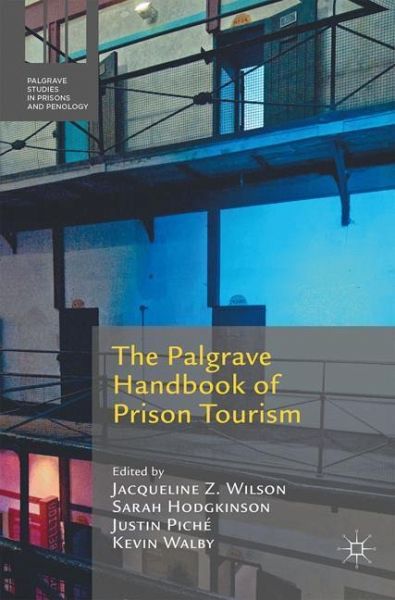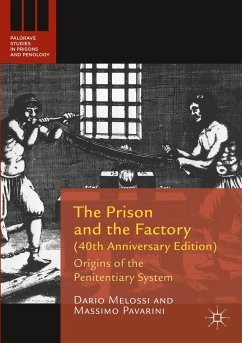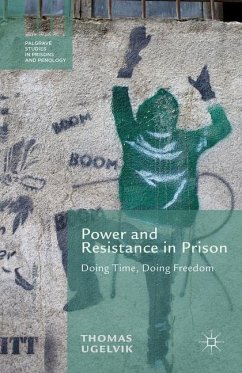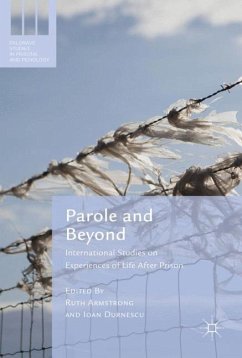
The Palgrave Handbook of Prison Tourism

PAYBACK Punkte
125 °P sammeln!
This extensive Handbook addresses a range of contemporary issues related to Prison Tourism across the world. It is divided into seven sections: Ethics, Human Rights and Penal Spectatorship; Carceral Retasking, Curation and Commodification of Punishment; Meanings of Prison Life and Representations of Punishment in Tourism Sites; Death and Torture in Prison Museums; Colonialism, Relics of Empire and Prison Museums; Tourism and Operational Prisons; and Visitor Consumption and Experiences of Prison Tourism. The Handbook explores global debates within the field of Prison Tourism inquiry; spanning a...
This extensive Handbook addresses a range of contemporary issues related to Prison Tourism across the world. It is divided into seven sections: Ethics, Human Rights and Penal Spectatorship; Carceral Retasking, Curation and Commodification of Punishment; Meanings of Prison Life and Representations of Punishment in Tourism Sites; Death and Torture in Prison Museums; Colonialism, Relics of Empire and Prison Museums; Tourism and Operational Prisons; and Visitor Consumption and Experiences of Prison Tourism. The Handbook explores global debates within the field of Prison Tourism inquiry; spanning a diverse range of topics from political imprisonment and persecution in Taiwan to interpretive programming in Alcatraz, and the representation of incarcerated Indigenous peoples to prison graffiti. This Handbook is the first to present a thorough examination of Prison Tourism that is truly global in scope. With contributions from both well-renowned scholars and up-and-coming researchers in the field, from a wide variety of disciplines, the Handbook comprises an international collection at the cutting edge of Prison Tourism studies. Students and teachers from disciplines ranging from Criminology to Cultural Studies will find the text invaluable as the definitive work in the field of Prison Tourism.














